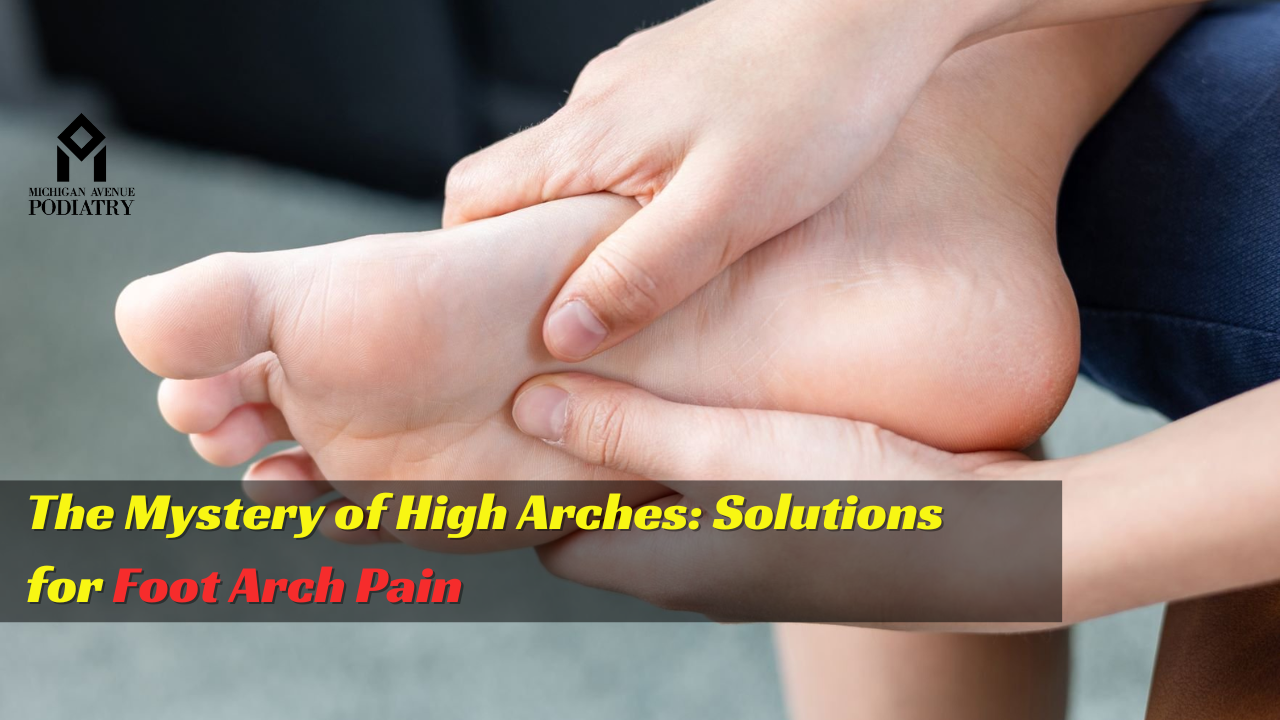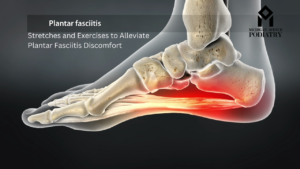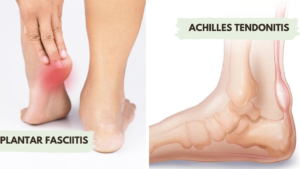Are you familiar with the discomfort and frustration that comes with foot arch pain? If you’ve ever experienced aching or throbbing sensations in the bottom of your feet, especially after walking or standing for long periods, you may be dealing with high arches. But fear not, because in this comprehensive guide, we’ll delve into the causes of foot arch pain, explore the impact it can have on your daily life, and most importantly, discover effective strategies to relieve and prevent it.
Understanding Foot Arch Pain: The Culprit Behind the Discomfort
Foot arch pain, also known as plantar fasciitis or fallen arches, occurs when the tissues that support the arch of the foot become inflamed or strained. While flat feet are a common concern, high arches can pose just as many challenges. Individuals with high arches often experience excessive pressure on the heel and ball of the foot, leading to discomfort and fatigue with every step.
The Agony of High Arches: Recognizing the Symptoms
How can you tell if your foot pain is attributed to high arches? Pay close attention to the following symptoms:
- Persistent pain along the bottom of the foot arch, especially after physical activity.
- Difficulty finding comfortable footwear that adequately supports the arch.
- Increased discomfort when standing or walking for extended periods.
- Tenderness or swelling in the arch area.
If you’re experiencing any of these symptoms, it’s crucial to seek guidance from a qualified Podiatrist who can provide an accurate diagnosis and personalized treatment plan.
Navigating the Maze of Treatment Options: Strategies for Relief
Now, let’s explore some effective techniques to alleviate foot arch pain and improve overall foot health:
- Orthotic Inserts: Custom-made or over-the-counter orthotic inserts can provide much-needed support and cushioning to high arches, reducing strain and discomfort.
- Stretching Exercises: Incorporating gentle stretching exercises into your daily routine can help improve flexibility and reduce tension in the foot arch muscles. Focus on calf stretches, toe curls, and towel scrunches to target specific areas of the foot.
- Footwear Modifications: Opt for shoes with ample arch support, cushioning, and a roomy toe box to accommodate the shape of your feet. Avoid high heels or shoes with inadequate support, as they can exacerbate foot arch pain.
- Physical Therapy: Working with a physical therapist can help you develop a tailored exercise program to strengthen the muscles in your feet and ankles, promoting better alignment and stability.
- Massage Therapy: Regular foot massages can help alleviate tension and promote circulation in the arch area, offering temporary relief from foot arch pain.
- Pain Management Techniques: Over-the-counter pain relievers, ice packs, and rest can help manage acute episodes of foot arch pain, allowing the tissues to heal and recover.
Conclusion: Taking Steps Towards Pain-Free Feet
In conclusion, foot arch pain from high arches can be a challenging condition to manage, but with the right approach and support, relief is within reach. By understanding the underlying causes of foot arch pain and implementing targeted treatment strategies, you can reclaim comfort and mobility in your daily life.
Remember, if foot arch pain persists or worsens despite self-care measures, don’t hesitate to consult with a Podiatrist for professional guidance and intervention. Your feet deserve the best care possible, so take proactive steps towards healthier, happier feet today!




